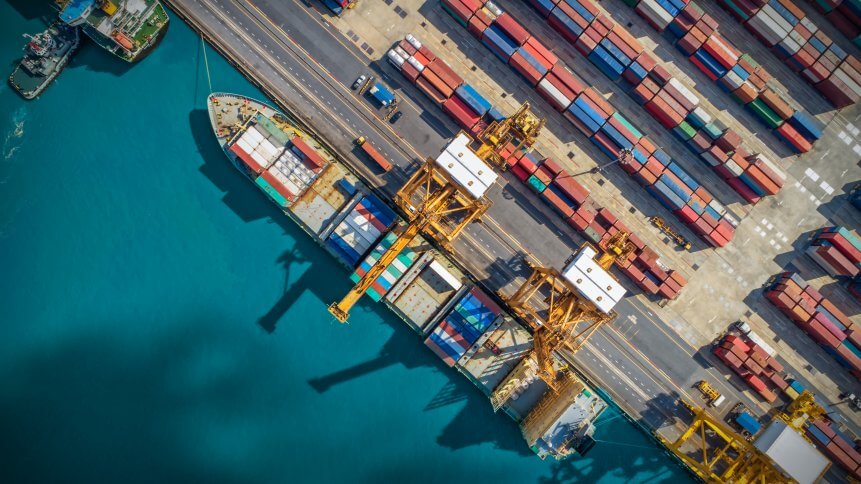Manufacturers must secure their digital supply chains

Rapid growth in product demand is driving the persistent digitization of manufacturing.
Amongst the many technologies, the function of the internet of things (IoT) is proving to be the most compatible with supply chain management.
However, IoT-related cyber attacks are proportionately on the rise too.
As we inch closer to the commercial use of 5G network technology, the use of IoT will achieve an even wider reach.
This will expose supply chains to greater cybersecurity risks than they already have now.
In a global research survey, 66 percent shows to have experience in supply chain cyber attack. In addition, 90 percent of the cyber attack victims faced severe financial loss with the average cost of an attack being US$1.1 million.
Technology is a double-edged sword
Bleeding edge technologies such as artificial intelligence (AI) and machine learning in IoT-enabled devices are helping businesses do more — and efficiently.
According to Gartner, at least 50 percent of large global companies will be using AI, advanced analytics, and IoT in the supply chain by 2023.
This means to say that the adoption of technologies in the supply chain is here to stay.
However, the more technologies one adopts, the more room there is for cyber attacks.
So, what businesses need to recognize is the fact that technology is a double-edged sword which will also require a proactive cybersecurity approach to avoid hurting the business in any way.
Taking the first step to supply chain security
IoT technology enables supply chains to be more digital via automatic machine-to-machine communications by third-party vendors.
Usually, user requirements are customizable and businesses need to think beyond the technology to see what a vendor is really offering.
Under the hood, it’s important to audit the flow of data to understand who exactly has access to it and how it will be shared.
YOU MIGHT LIKE

Microsoft & BMW team up for Industry 4.0 initiative
A proper policy should be in place to regulate and upkeep the supply chain management system, and the organization needs to constantly monitor the operation in real-time to ensure security.
In a digital supply chain, there are many layers of data that provide valuable business information.
Just one weakness in the supply chain can put the entire operation at risk. This is why it is in all manufacturers’ interest to protect digital assets in the supply chain.
This article first appeared on Tech Wire Asia.









